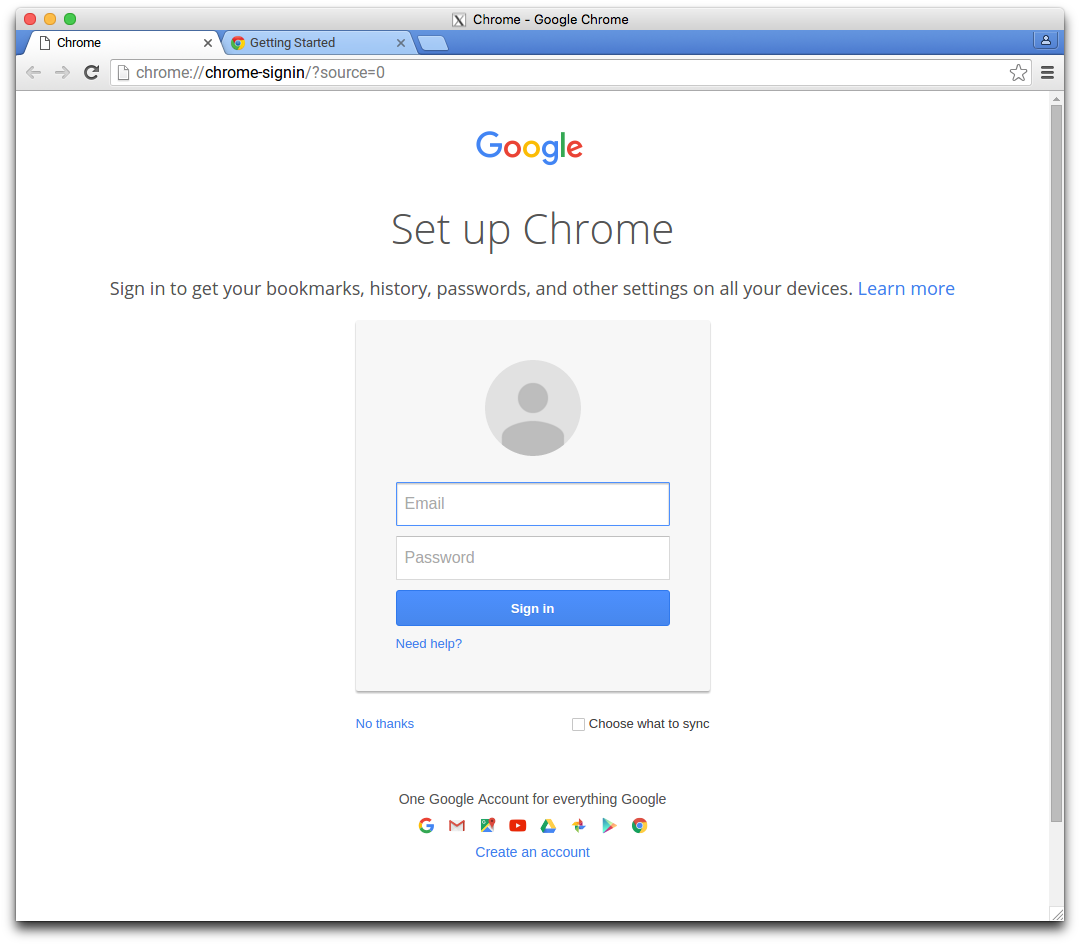Docker For Mac App Mount
此内容还未提供中文版,以下为英文版 Manage data in containers 预计阅读时间: 14 分钟 In this section you’re going to learn how you can manage data inside and between your Docker containers. You’re going to look at the two primary ways you can manage data with Docker Engine.
Docker For Mac App Mount Folder
Consequently, although syscall latency has been reduced several times since the initial release of Docker for Mac, and although a few opportunities for further reducing latency remain, optimizing latency alone will not completely address bind mount performance for all applications. Bring Linux apps to the Mac Desktop with Docker 01 August 2016 on linux, docker, macos, apple, proxies If you use Linux as your host operating system then with one or two commands you can have most graphical Linux applications up and running on your desktop in seconds.
• Data volumes • Data volume containers Data volumes A data volume is a specially-designated directory within one or more containers that bypasses the. Data volumes provide several useful features for persistent or shared data: • Volumes are initialized when a container is created.
If the container’s parent image contains data at the specified mount point, that existing data is copied into the new volume upon volume initialization. (Note that this does not apply when.) • Data volumes can be shared and reused among containers. • Changes to a data volume are made directly. • Changes to a data volume will not be included when you update an image.

Docker For Mac App Mount Local Folder
• Data volumes persist even if the container itself is deleted. Data volumes are designed to persist data, independent of the container’s lifecycle. Docker therefore never automatically deletes volumes when you remove a container, nor will it “garbage collect” volumes that are no longer referenced by a container. Add a data volume You can add a data volume to a container using the -v flag with the docker create and docker run command. You can use the -v multiple times to mount multiple data volumes. Now, mount a single volume in your web application container. $ docker run -d -P --name web -v /src/webapp:/webapp training/webapp python app.py This command mounts the host directory, /src/webapp, into the container at /webapp.

If the path /webapp already exists inside the container’s image, the /src/webapp mount overlays but does not remove the pre-existing content. Once the mount is removed, the content is accessible again. This is consistent with the expected behavior of the mount command. The container-dir must always be an absolute path such as /src/docs. The host-dir can either be an absolute path such as /dst/docs on Linux or C: dst docs on Windows, or a name value.
If you supply an absolute path for the host-dir, Docker bind-mounts to the path you specify. If you supply a name, Docker creates a named volume by that name.
A name value must start with an alphanumeric character, followed by a-z0-9, _ (underscore),. (period) or - (hyphen). An absolute path starts with a / (forward slash). For example, you can specify either /foo or foo for a host-dir value.
Luckily it's still possible to get them out of the Kindle app on the Mac, so I'm cool with Amazon. That's the rub. Download nook app for mac. Which is good cause I just bought myself a nice new Kindle for my e-Ink needs. But de-DRMing them in the first place! De-DRMing your own legally purchased books!
If you supply the /foo value, the Docker Engine creates a bind-mount. If you supply the foo specification, the Docker Engine creates a named volume. If you are using Docker Machine on Mac or Windows, your Docker Engine daemon has only limited access to your macOS or Windows filesystem.